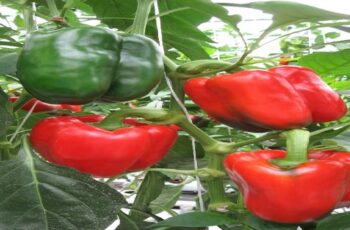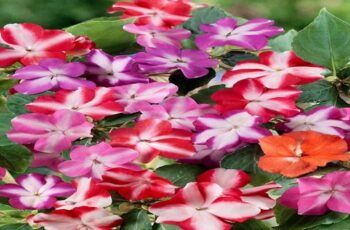Ad Blocker Detected
Our website is made possible by displaying online advertisements to our visitors. Please consider supporting us by disabling your ad blocker.
Disclosure
**Posts may contain affiliate links and I will be compensated if you make a purchase after clicking on my links
This can be a difficult question to answer for beginner gardeners because of numerous factors including climate, soil, and experience level.
This article will help solve this problem and give beginner gardeners Easy-to-Follow Steps on growing daisies ANYWHERE.
And I recommend scrolling to the bottom of this page to find answers to the 7 most frequently asked questions most gardeners have when growing daisies
How to Grow Daisies in your cottage garden. An easy, drought tolerant perennial that comes in many shapes, sizes, and forms. There is a daisy for every garden!
Daisies come in all shapes and sizes. Though I mostly think of white when the term Daisy is used there are many colors and types.
Planting daisies is as easy as tossing some seeds in Fall. The many varieties make them such an easy flower to grow in your cottage garden.
Here we are going to stick to the Shasta daisy because that is what I have grown the most of. Come on over and let me share how to grow daisies.
This post contains affiliate links. If you make a purchase after clicking a link I may make a small commission at no added cost to you.
Types of Daisies
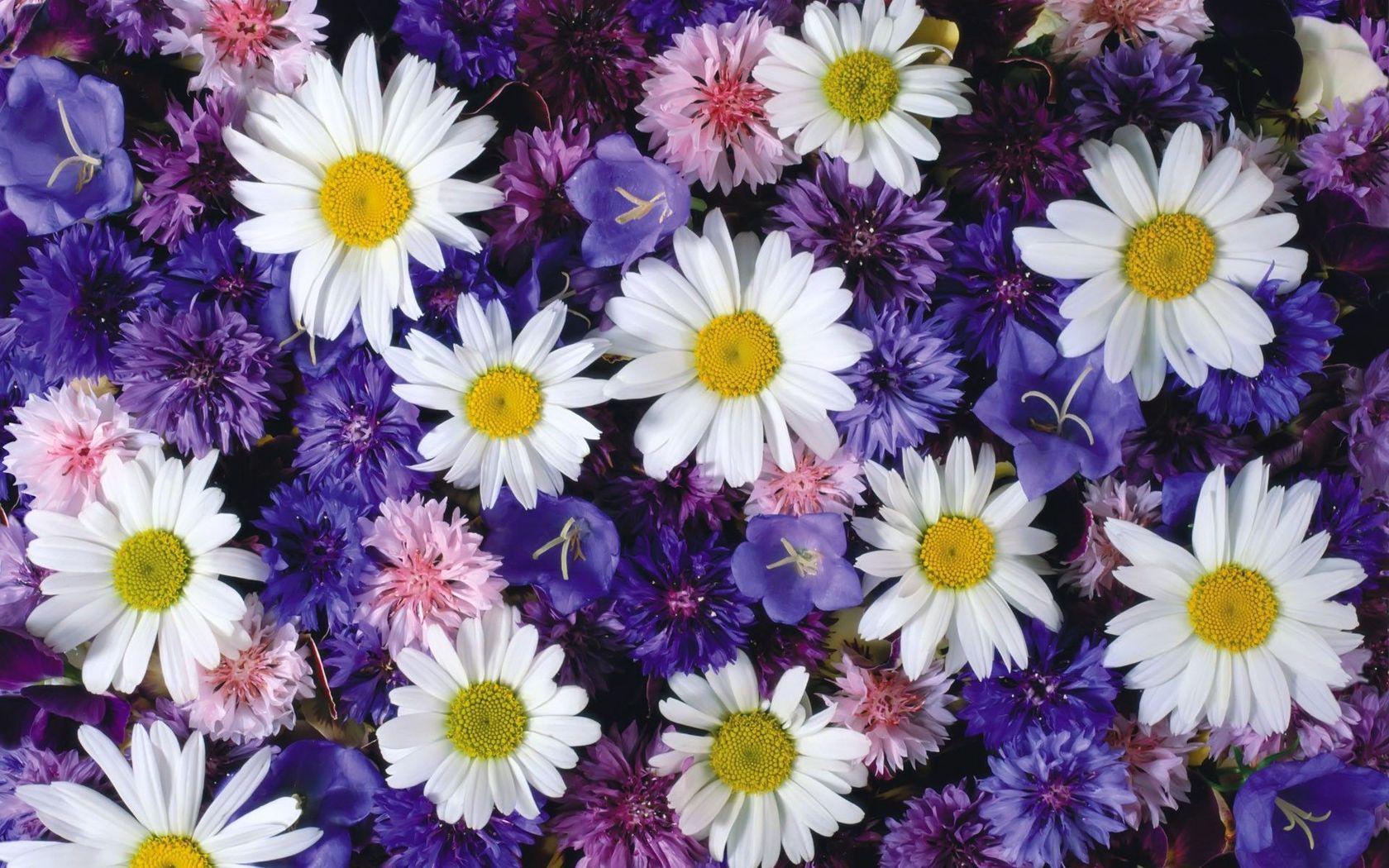
The Shasta Daisy is a classic perennial, here in my garden, Zone 8, they happily spread by the seed of their own volition but are not hard to dig up if they sprout where you do not want them.
One packet of seeds can produce plants that look a bit different from each other.
Some with long petals that drape and some with short stubby petals.
Shasta daisies tend to bloom in clumps from 2 to 3 feet tall and 1 to 2 feet wide. Daisies are great for cutting and summer bouquets.
Alaska Shasta Daisy is the most famous cultivar of this beautiful European wildflower. The large white flowers are perfect for cutting. There are newer hybrids that promise longer blooming times, for example, Daisy May Amazing Daisies from Proven Winners.
How to Keep your Daisies Blooming
Regularly cutting and deadheading is what keeps them blooming. There is the first flush of tons of blooms and then the later blooms come in spurts and not as abundantly as at first but they can keep blooming.
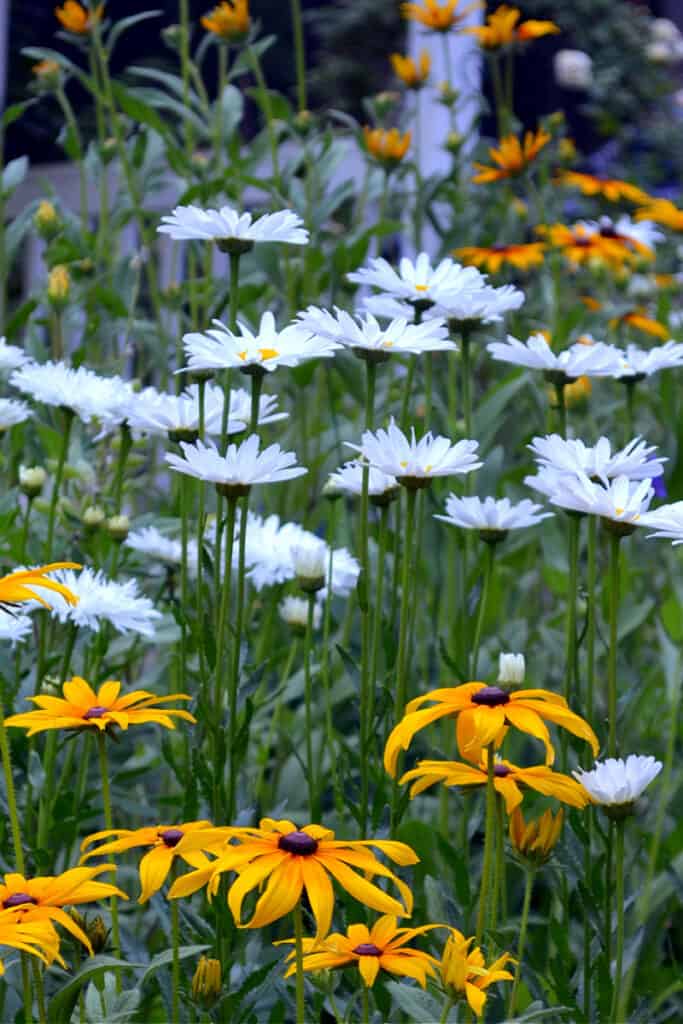
Deer Resistant Flowers and Shrubs
Deer can eat your beautiful blooms to a nub but there are some flowers and shrubs that they usually avoid. Here are some tips and tricks to planting a garden deer seem to shy away from.
Something I cannot say enough is good soil is key to growing most flowers, click over to read how I started building my soil.
Plant and Grow Daisies
Plant your daisies in full sun. Good soil drainage is also needed. Daisies do not like wet feet.
You can also Winter sow daisy seeds or you can buy plants at your local garden center.
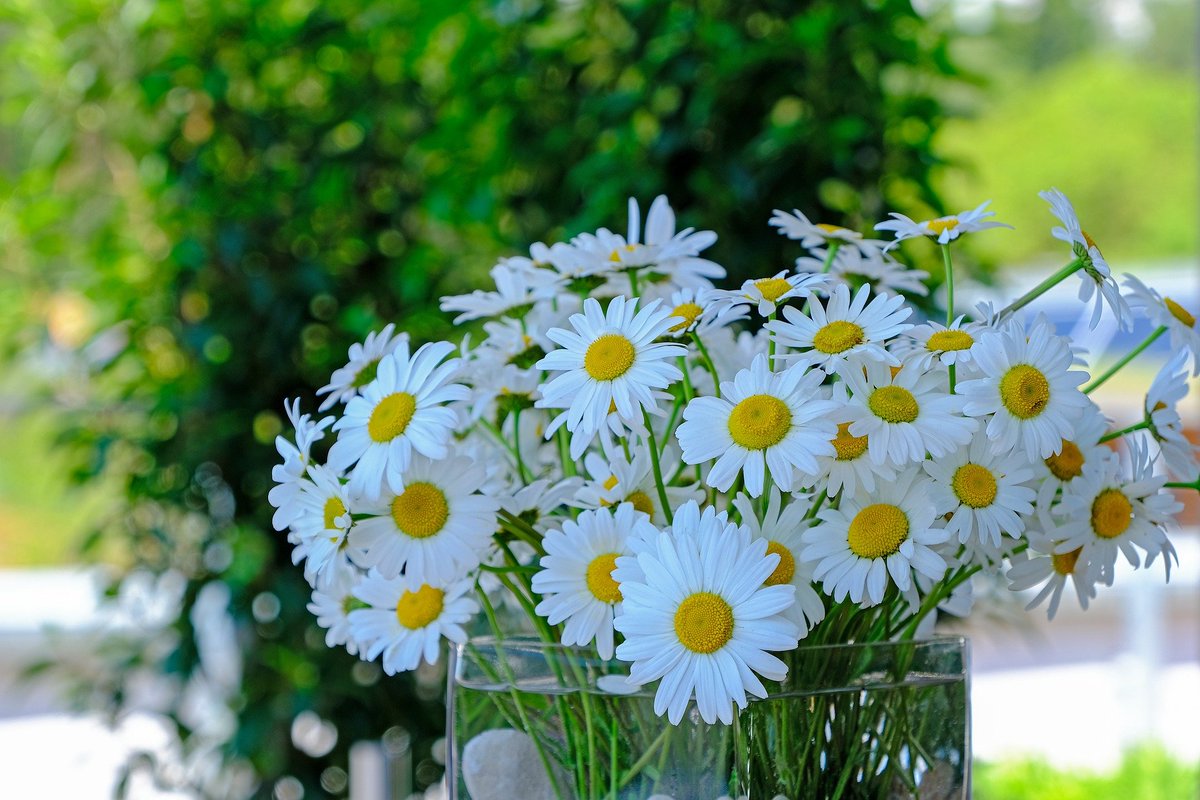
Space your daisy seedlings or plant 1 to 2 feet apart. Dig a hole about twice the size of the diameter of the container it is growing in. Place in planting hole making sure the top of the root ball is level with the soil surface.
Firm in the soil around the root ball. Water thoroughly.
Do not overwater, this will cause overly tall, gangly plants that need staking. They will also tend to reach for the sun if they are located in a shady spot.
Water requirements
Water during the summer months only if you get less than an inch of rain a week. Once well-established Daisies are much more drought tolerant and can withstand drier conditions.
When deadheading your daisies or cutting for bouquets cut down to a newly forming bud. This is usually at a leaf juncture.
After your first killing freeze, you can leave the daisies for the birds to pluck the seeds or you can cut the stems down around an inch from the ground.
In some areas, daisies will be done blooming earlier than in others. In that case, I plant White Echinacea to bring that pop of white to the garden.
I like leaving them for the birds though it can look messy and be warned they will reseed themselves readily.
In early Spring add compost around daisies as mulch to discourage weeds. Every 3 to 4 years divide daisies to prevent overcrowding.
Propagate a Daisy
I already linked to the posts above about starting daisies from seed and propagating by dividing.
Many are hybrids, like the Crazy Daisy, that will not come true from seed but you will get some interesting daisies if you let the seeds spread.
But if you want a quick overview of dividing daisies here it is.
Dig up the plant in Fall or early Spring making sure to dig well around the root ball.
Have a 5-gallon bucket half-filled with water ready to dunk the entire root ball into. As the water gently washes away the soil you can see the individual plants and you can pull or cut them apart.
Replant divisions in pots or your new location for them.
Daisy sizes you can grow
The daisy heights depend on the cultivar. So before you plant in your beds or garden check how tall the variety you are planting can get.
There are shorter ones for the front of the beds and taller ones for the middle or back. I am trying a new to me variety that is supposed to have a much longer blooming time than most others and I will update here after the trial period.
With most varieties of daisies, you will get the first flush of blooms and then sporadic blooming if you deadhead regularly.
There is no mystery as to why Daisies are a cottage garden favorite. Easy to grow daisies fill in swiftly making for great swathes of white to enhance your other cottage flowers.
Go ahead and plant some seeds today or find a neighbor wanting to divide theirs. Garden centers too should carry hybrids that are just as much fun.
Step 1 – Plant Your Daisy Bulbs in the Fall
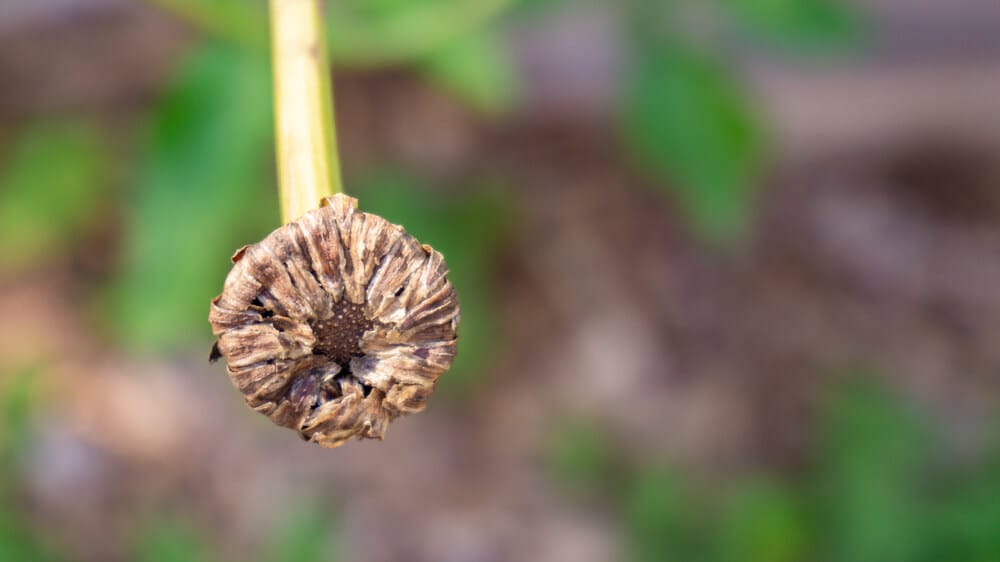
First, make sure you buy your appropriate Daisies on Amazon from another reputable garden vendor.
Plant your daisy bulbs in the fall when your soil has cooled off & the temperature is between 40 to 50 degrees Fahrenheit. Plant your bulbs before the first frost!
If you plant your daisies in the summer that is a chance the heat will cause them to go into shock, stunting their growth or even killing them.
Take the temperature of your soil and ensure that it will stay below 60 degrees for 12 weeks or think about planting your daisies in pots.
- Hardiness Zones 3 – 5: Plant in September
- Hardiness Zones 6 – 7: Plant in October
- Hardy Zones 8 – 9: Plant in December
